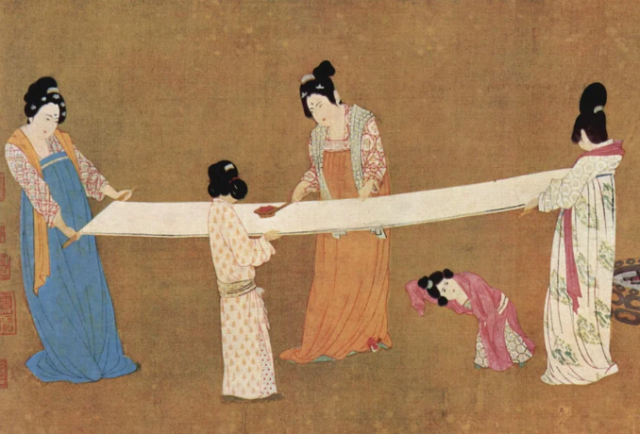The Spice and Silk routes in the late medieval era

Trade, knowledge and communication
The Silk Road was a network of Eurasian trade routes active from the second century BCE until the mid-15th century. Spanning over 6,400 kilometers (4,000 miles), it played a central role in facilitating economic, cultural, political, and religious interactions between the East and West.
The spice trade involved historical civilizations in Asia, Northeast Africa and Europe. Spices such as cinnamon, cassia, cardamom, ginger, pepper, nutmeg, star anise, clove, and turmeric were known and used in antiquity and traded in the Eastern World.
In this podcast Dr Nicholas Morton (Nottingham Trent University) examines developments in the Spice Trade and the Silk Road in the Near East during the late medieval period. Dr Morton discusses the significance of the Seljuks, the Byzantines, the Crusades and the Mongols in the nexus of transcontinental trade and knowledge. The podcast examines some of the themes and perspectives that he covers in his book The Mongol Storm: Making and Breaking Empires in the Medieval Near East.
1. Can you describe the Silk and Spice routes as they were in 1000AD – how extensive were they and who controlled them?
2. Do links go all the way from China/South East Asia to Spain/West Africa?
3. Who were the Seljuks? What impact did their emergent empire have on the Spice/Silk routes?
4. How important was this trade to the Byzantine Empire?
5. What impact did the First Crusade have on international trade? What did the establishment of the Crusader States mean for east-west trade?
6. How did the Silk and Spice routes impact the wars, diplomacy and geopolitics of the Near East during this era?
7. How did long-range trade routes of this kind intersect with local trade?
8. How did the Silk and Spice routes influence the culture and daily life of the various Muslim and Christian powers in the Near East?
9. What impact did the rise of the Mongol empire have on the Spice and Silk routes?
10. The impact of emerging routes in the Crimea, the Caucasus and migratory encampments.
11. To what extent did the Silk and Spice routes influence migration and the movement of people during this period?
12. Can you give some examples of the centres of trade? Damascus and Acre.
13. What role did the Spice and Silk roads play expanding different societies knowledge and understanding of the wider world?
14. To what extent were the Mongols patrons of learning? What impact did they have on scientific developments?
15. What were the main hubs of learning before/after the Mongols?
16. Was religion a block to the sharing ideas?
17. What led to the decline of the Silk route?
18. Are there any individuals from this period that you find particularly fascinating? Ibn Battuta/Marco Polo/William of Rubruck.
19. Have you looked at this topic in your recent book: the Mongol Storm?
In order to access the full content of the podcasts please Login or Join the HA.

